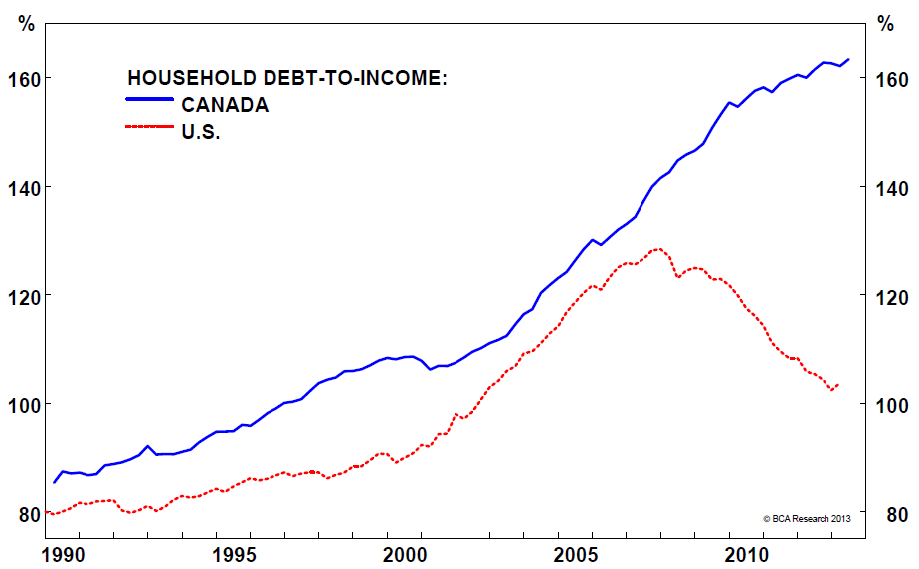Yes or No
Recession?
Gary Shilling sees a recession risk coming up
I give a business downturn starting this year a two-thirds probability.
The recessionary indicators are numerous. Tighter monetary policy by the Federal Reserve that the central bank now worries it may have overdone. The near-inversion in the Treasury yield curve. The swoon in stocks at the end of last year. Weaker housing activity. Soft consumer spending. The tiny 20,000 increase in February payrolls, compared to the 223,000 monthly average gain last year. Then there are the effects of the deteriorating European economies and decelerating growth in China as well as President Donald Trump’s ongoing trade war with that country.
DYI: So far DYI’s five recessionary warning
indicators only widening credit spreads between 5 year T-notes and Vanguard’s
High-Yield Corporate Bond Fund are showing recessionary possibilities. The other four – 2 year T-notes have not
inverted 10 T-bonds, the S&P 500 50 day moving averaged has not fallen
below the 200 day average, the Home Builders Index 50 day average has not
fallen bellow its respective 200 day average and the PMI Index remains above
50. So all in all no recession so far, however,
Shilling if correct will be far earlier is his call as my indicators are
designed not to be a prognosticator who calls for recessions around every
street corner.
There is, of course, a small chance of a soft landing such as in the mid-1990s. At that time, the Fed ended its interest-rate hiking cycle and cut the federal funds rate with no ensuing recession. By my count, the other 12 times the central bank restricted credit in the post-World War II era, a recession resulted.
DYI: Shilling is spot on as the Fed’s have a
horrible track record in their attempt at a soft landing engineering an economy
back into reasonable balance without recession.
Betting that the Fed’s – will get it right – is a long shot wager to say
the least.
It’s also possible that the current economic softening is temporary, but a revival would bring more Fed restraint. Policy makers want higher rates in order to have significant room to cut in the next recession, and the current 2.25 percent to 2.50 percent range doesn’t give them much leeway.
DYI: If this is temporary the Fed’s with lift
rates as they are desperate to have enough ammunition when the next recession
arrives. They need at least 4 and better
yet 5 percent plus to cut without having to resort to negative rates as Europe
experienced.
The Fed also dislikes investors’ zeal for riskier assets, from hedge funds to private equity and leveraged loans, to say nothing of that rankest of rank speculations, Bitcoin. With a resumption in economic growth, a tight credit-induced recession would be postponed until 2020.
DYI: If the Fed’s dislikes investor’s zeal for
speculative ventures then they are a day late and a few trillion dollars
short. The Fed’s should have – taken the
bunch bowl away [easy to obtain sub atomic low rates] years ago. We have a massively overvalued stock,
corporate bond, and real estate “jack up” in price. Forward returns – for dollars invested today
or position held – are lousy in the very low single digit despite a 20 year
outlook!
“Recession” conjures up specters of 2007-2009, the most severe business downturn since the 1930s in which the S&P 500 Index plunged 57 percent from its peak to its trough. The Fed raised its target rate from 1 percent in June 2004 to 5.25 percent in June 2006, but the main event was the financial crisis spawned by the collapse in the vastly-inflated subprime mortgage market.
DYI: Don’t forget oil prices topped out at $136 [see chart below] per
barrel prior to the Great Recession added massive fuel to the downturn as high
oil prices acts as a huge tax upon consumption, savings and investment. This is why DYI has our Oil Indicator signaling all clear for additional growth in the economy.
 04/04/19
Updated Monthly
Oil Prices:
04/04/19
Updated Monthly
Oil Prices:
04/01/14....$106.88
04/01/19......$70.27
Down 41%(rounded)
(oil prices approximately five years earlier due to weekends & holidays)
ANS West Coast prices
OIL INDICATOR: Positive Oil indicator will remain positive until it's rise is greater than 75% from five years earlier.
Oil prices are well known for their volatility in the short term, longer term due to dwindling reserves energy prices are in a secular bull market. Technologies such as fracking will extend the life of oil fields but major new discoveries arrive at a snails pace far slower than the world's growth.
As long as prices rise in a slow and orderly pace our economy can adjust to those changes, however if prices spike (international tensions, war etc.) high energy costs behave as a massive deflationary tax. This will send our economy tumbling down and very possibly the U.S. stock market.
If oil prices rise greater than 75% from five years earlier, investors at that time should shift their portfolio geared towards deflationary times. This would be an oil indicator as negative.
If oil prices rise from five years earlier less than 10% or drop then the inflationary play is in effect; a positive for economic growth along with possible higher stock prices.
Where to find five year earlier oil prices? Alaska Department of Revenue
Oil indicator positive
5% High-Yield Corporate Bonds
10% REIT's
10% Energy
10% P.M.'s
65% Small Caps
0% Lt. Gov't Bonds
Oil indicator negative
5% REIT's
10% Energy
10% P.M's
10% Small Caps
65% Lt. Gov't Bonds
Vanguard Funds
REIT's
REIT Index Admiral VGSLX
Energy
Energy Fund VGENX
Precious Metals (P.M.'s)
Global Capital Cycles Fund VGPMX
Small Caps
Small Cap Value Index Admiral VSIAX
High-Yield Corporate Bonds
High-Yield Corporate Bond Fund VWEHX
Long Term Government Bonds
Long-Term Government Bond Index Admiral VLGSX
Updated Monthly
Oil Prices: 04/01/14....$106.88
Down 41%(rounded)
(oil prices approximately five years earlier due to weekends & holidays)
ANS West Coast prices


No comments:
Post a Comment